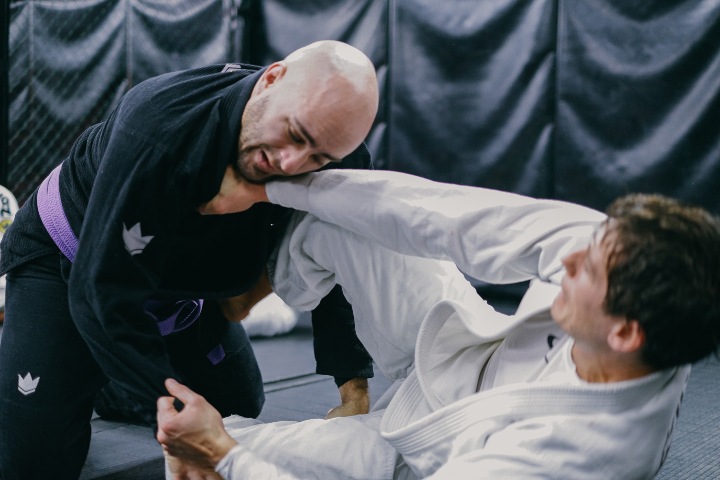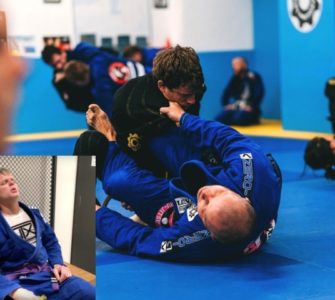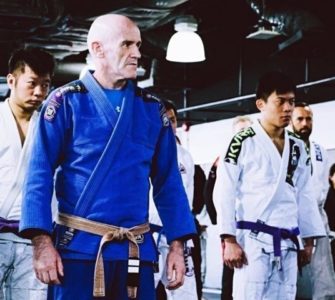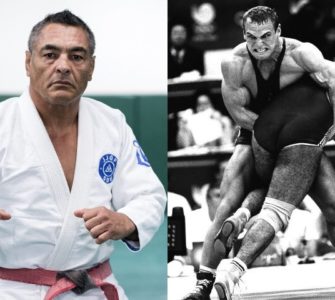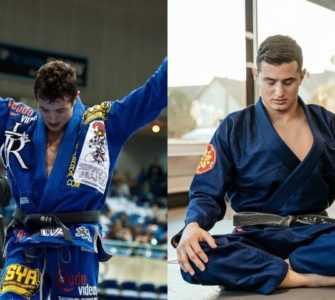Reaching a plateau in Brazilian Jiu-Jitsu can be frustrating. You might be putting in countless hours on the mat, rolling and drilling, but see no significant improvements. This common scenario leads many to believe that increasing the intensity and frequency of training is the only way forward. However, the solution to overcoming a plateau often isn’t about training harder, but rather training smarter.
Understanding the Plateau in BJJ
First, it’s important to recognize that hitting a plateau is a natural part of any learning curve. In BJJ, where the skillset is vast and the levels of mastery deep, plateaus are almost inevitable. This stagnation occurs not because you’ve learned everything there is to know, but perhaps because your current training regimen has become too routine or is no longer challenging in the right ways.
Why Simply Training Harder Isn’t the Solution
Training harder by simply adding more hours on the mat can lead to burnout and increases the risk of injury. It’s also inefficient. If you’re repeatedly practicing the same techniques without focus or aren’t addressing your weaker areas, you’re not maximizing your learning potential. More does not always mean better, especially when it comes to skill acquisition in a complex sport like BJJ.
A Better Alternative: Positional Rolling
Instead of adding more hours to your already busy training schedule, consider implementing positional rolling focused on your weak spots. Positional rolling involves starting in a specific position or scenario and working specifically on that aspect of your game. This targeted approach forces you to confront your weaknesses directly and repeatedly, offering intensive, focused practice.
For example, if you find yourself consistently caught in bottom side control, dedicate sessions to starting in this position. This not only helps you improve your escapes and defenses from side control but also enhances your overall comfort and adaptability in adverse positions.
How to Implement Positional Rolling Effectively
- Identify Your Weaknesses: Reflect on your recent sparring sessions and competitions, or ask your coach and training partners for feedback on where you seem to struggle.
- Set Up Positional Rolls: During your training sessions, spend a portion of the time starting in these weak positions. Work with a partner who can provide resistance appropriate to your skill level to ensure productive practice.
- Focus on Incremental Improvements: Set small, achievable goals for each training session focused on these positions. It might be as simple as “improve my framing to prevent the pass” or “successfully escape side control three times.”
- Review and Adapt: Regularly review your progress. What’s working? What isn’t? Adjust your focus as necessary to continuously challenge yourself and address new areas of weakness as they arise.
The Benefits of a Smarter Approach
By focusing on positional rolling, you can create a feedback loop of continuous improvement. This targeted practice allows for quicker adjustments and adaptations in your game, leading to noticeable improvements in a shorter time frame. This method also keeps training fresh and challenging, helping maintain your motivation and enthusiasm for the sport.
While the temptation might be to “train harder” when faced with a plateau in BJJ, the smarter approach is to train more deliberately. By focusing on positional rolling and addressing specific weaknesses, you can break through plateaus more effectively and continue your development in Brazilian Jiu-Jitsu.

